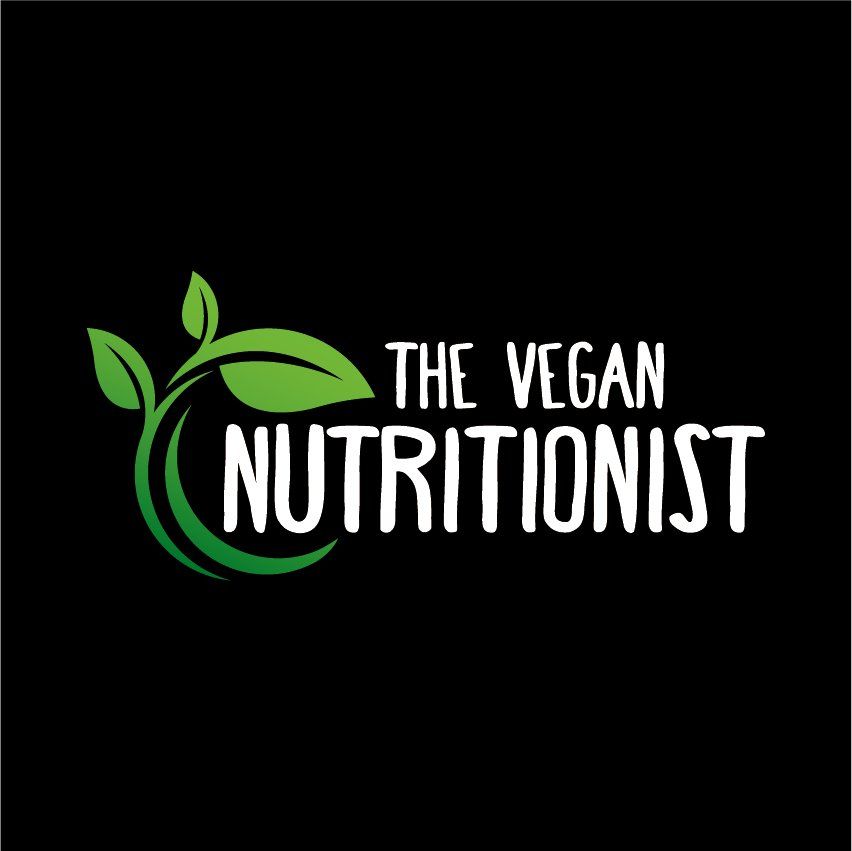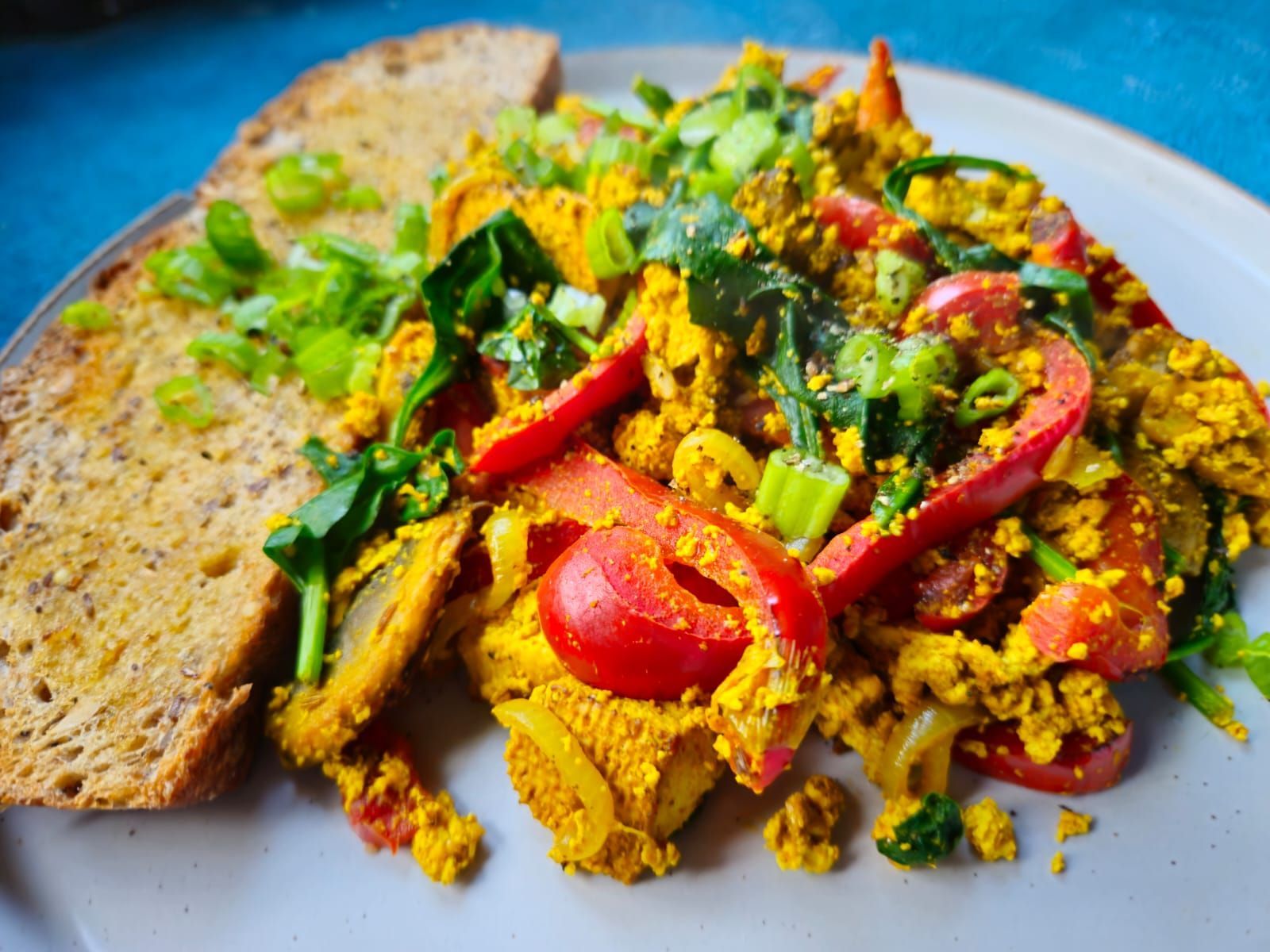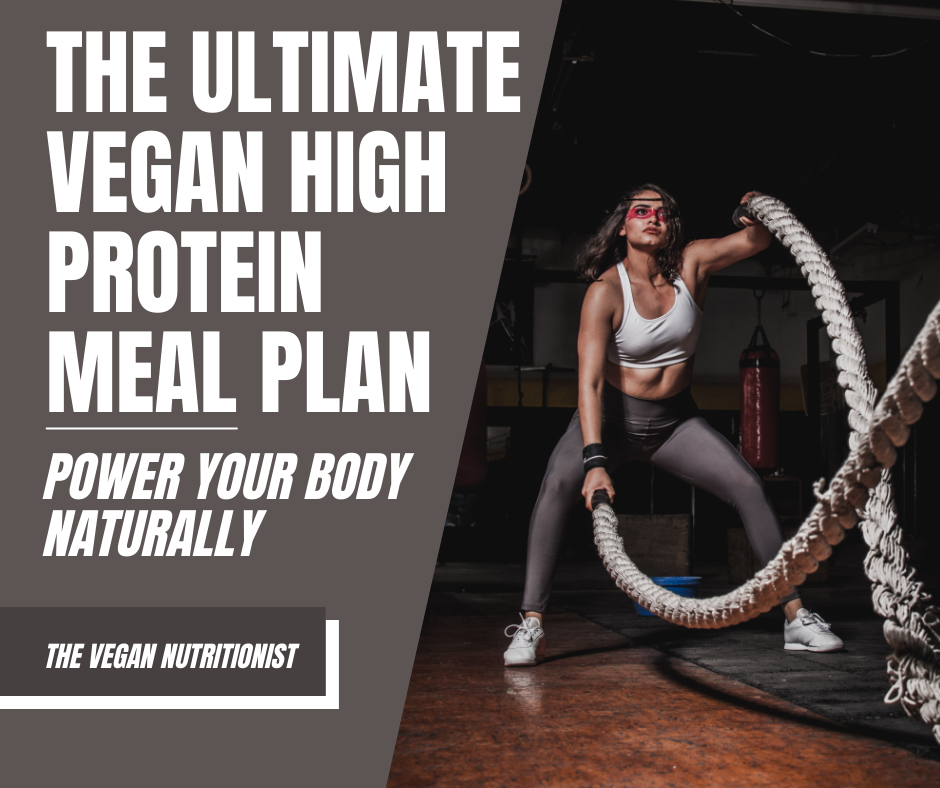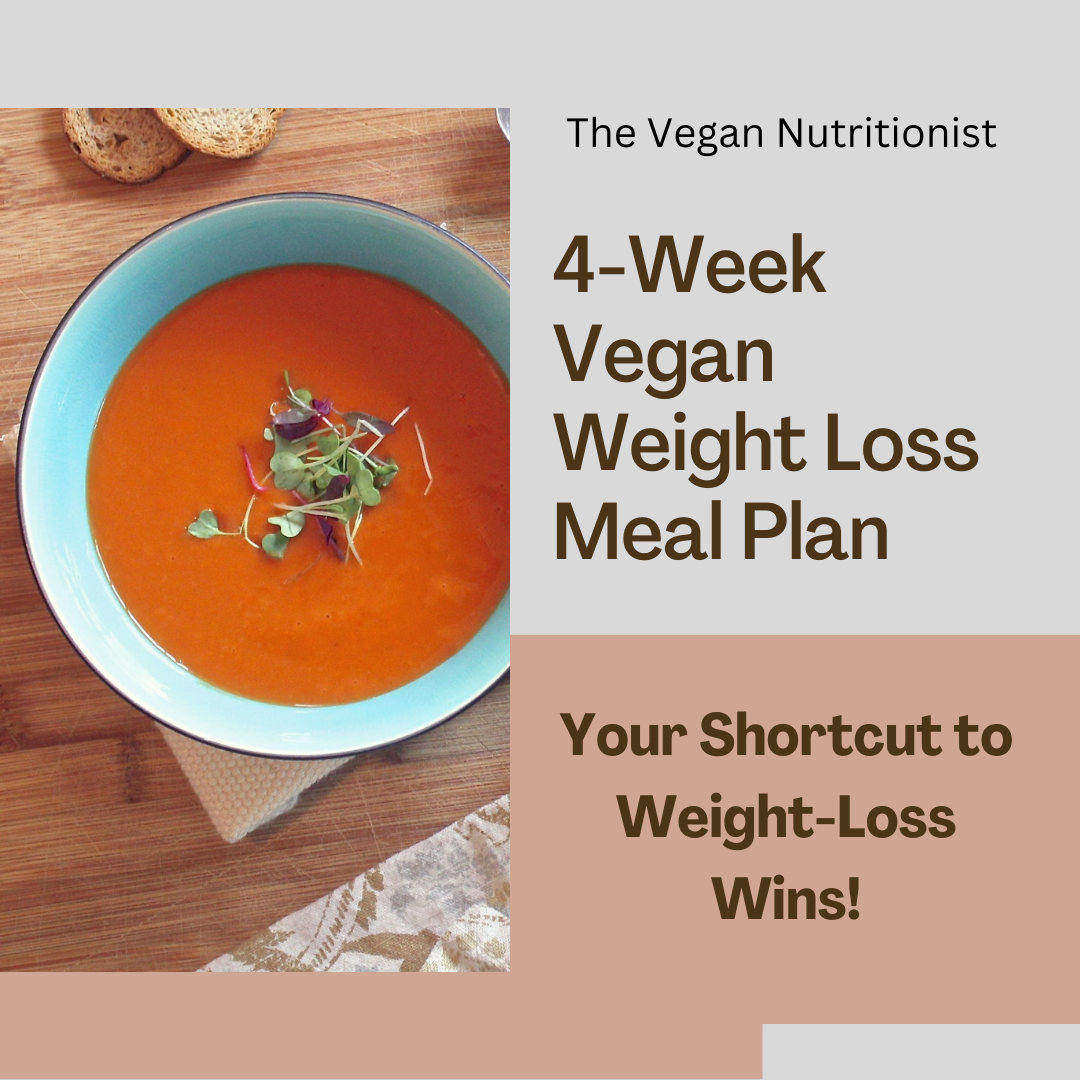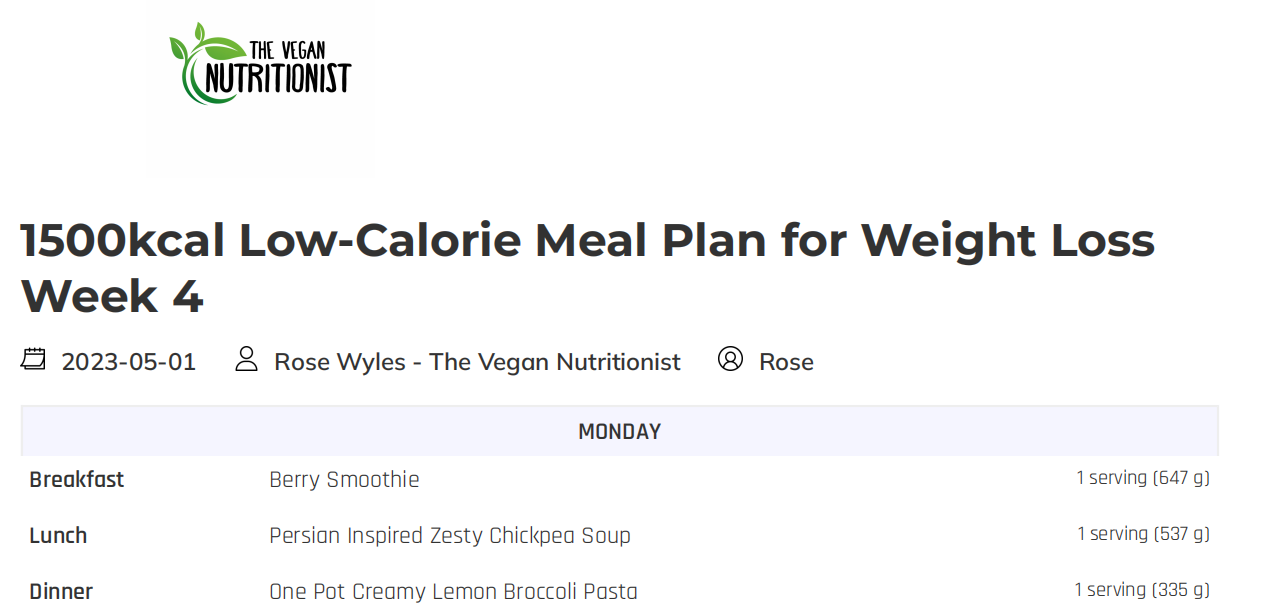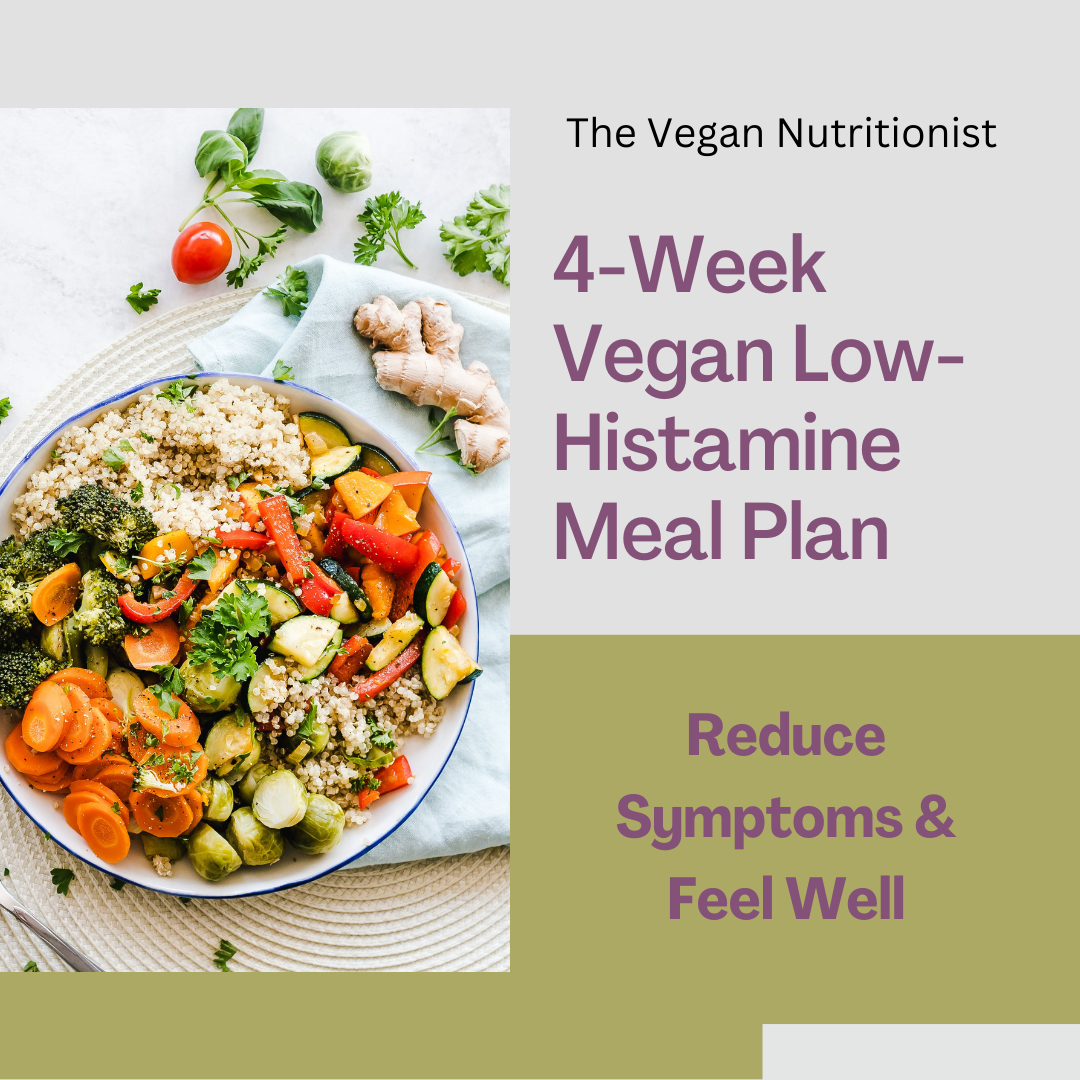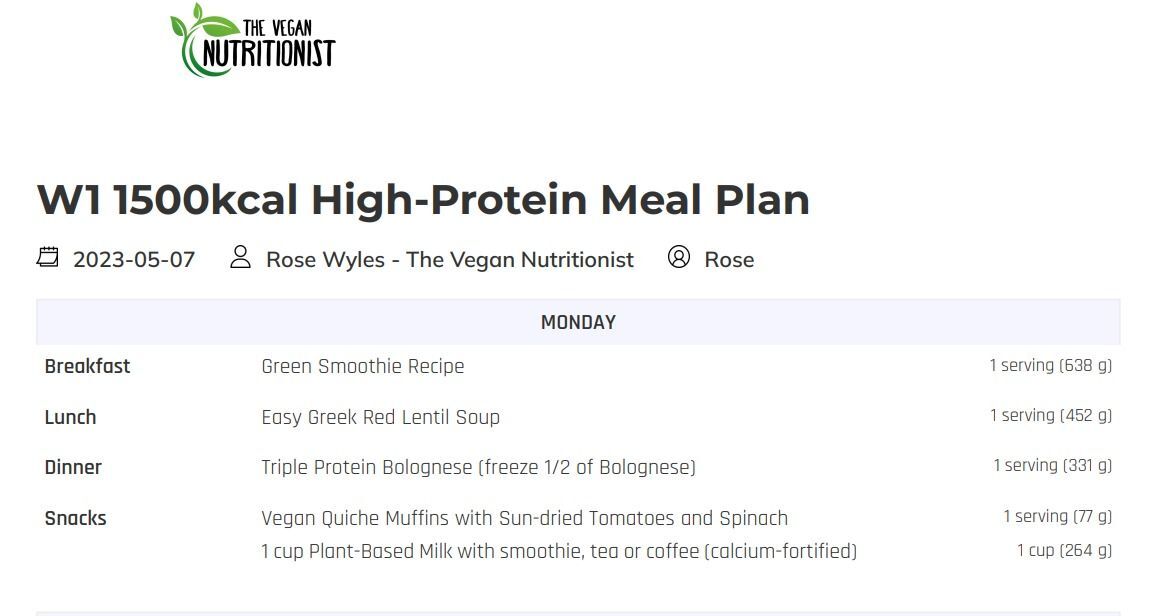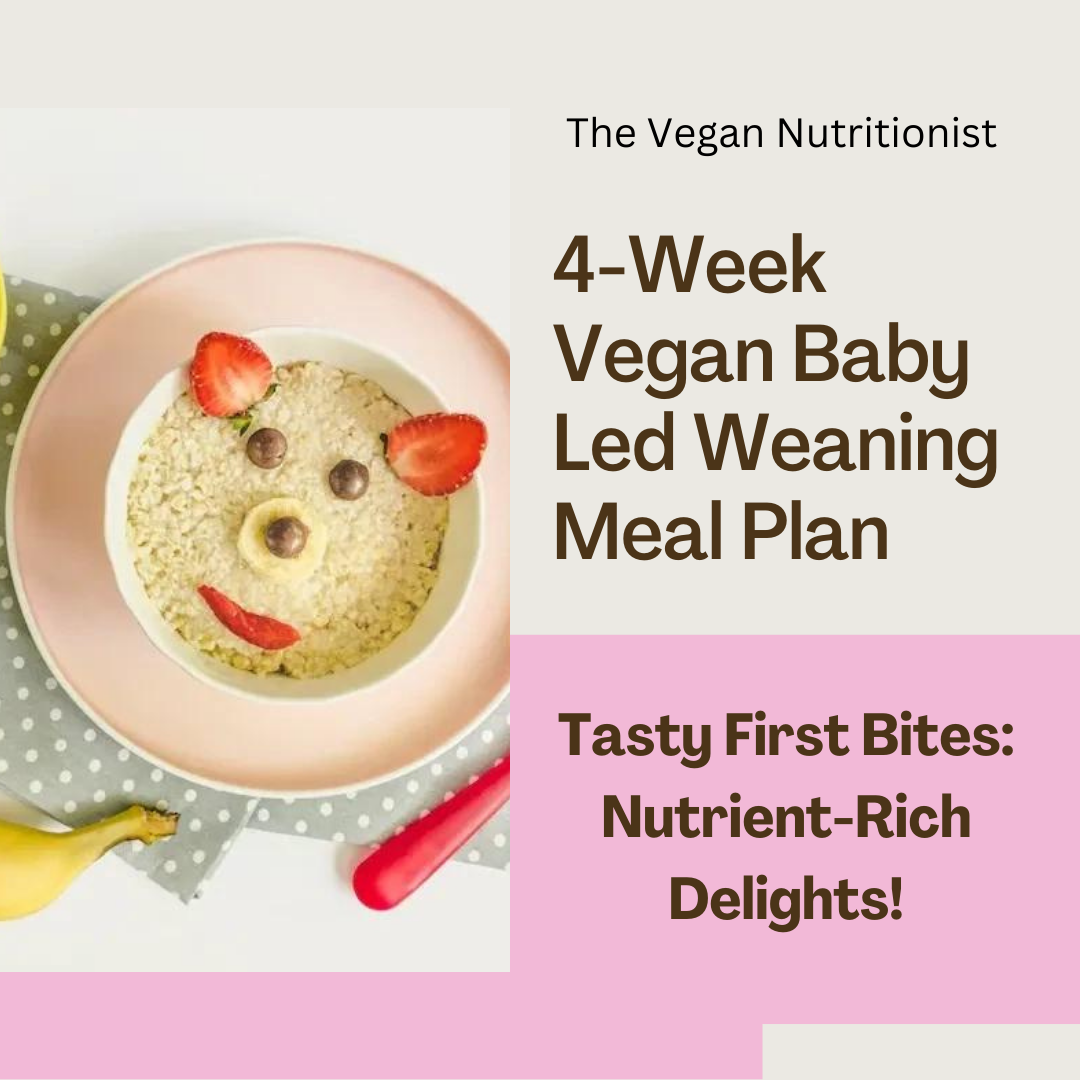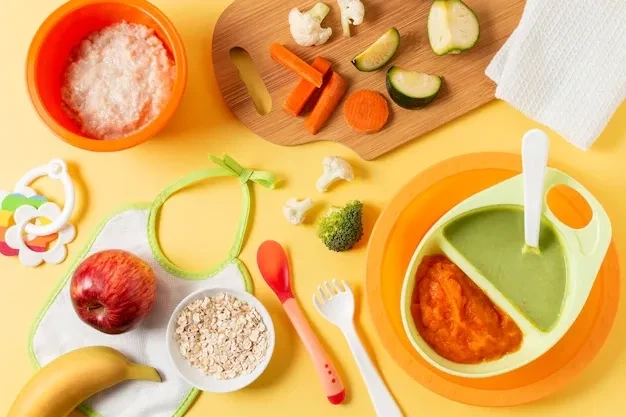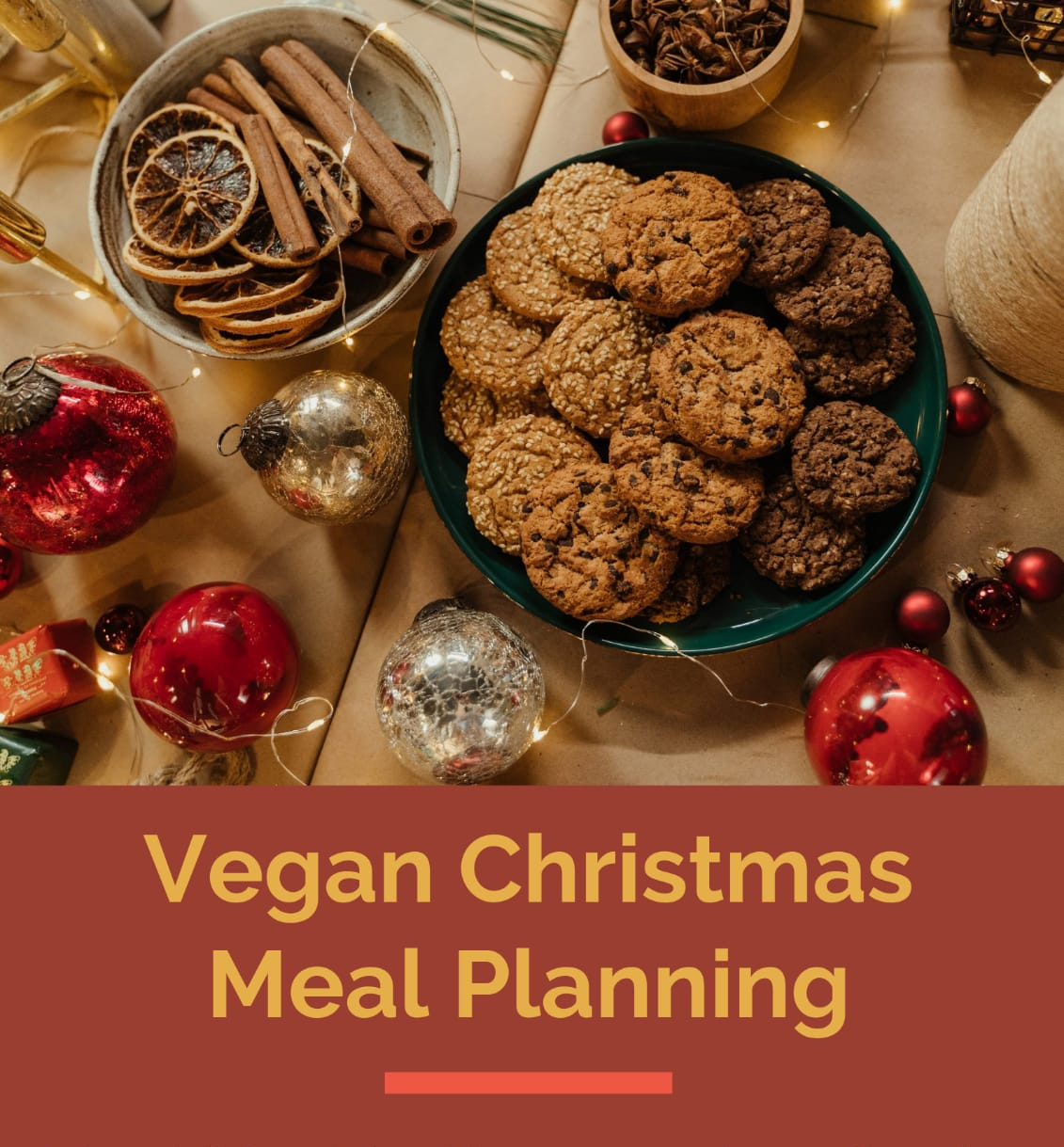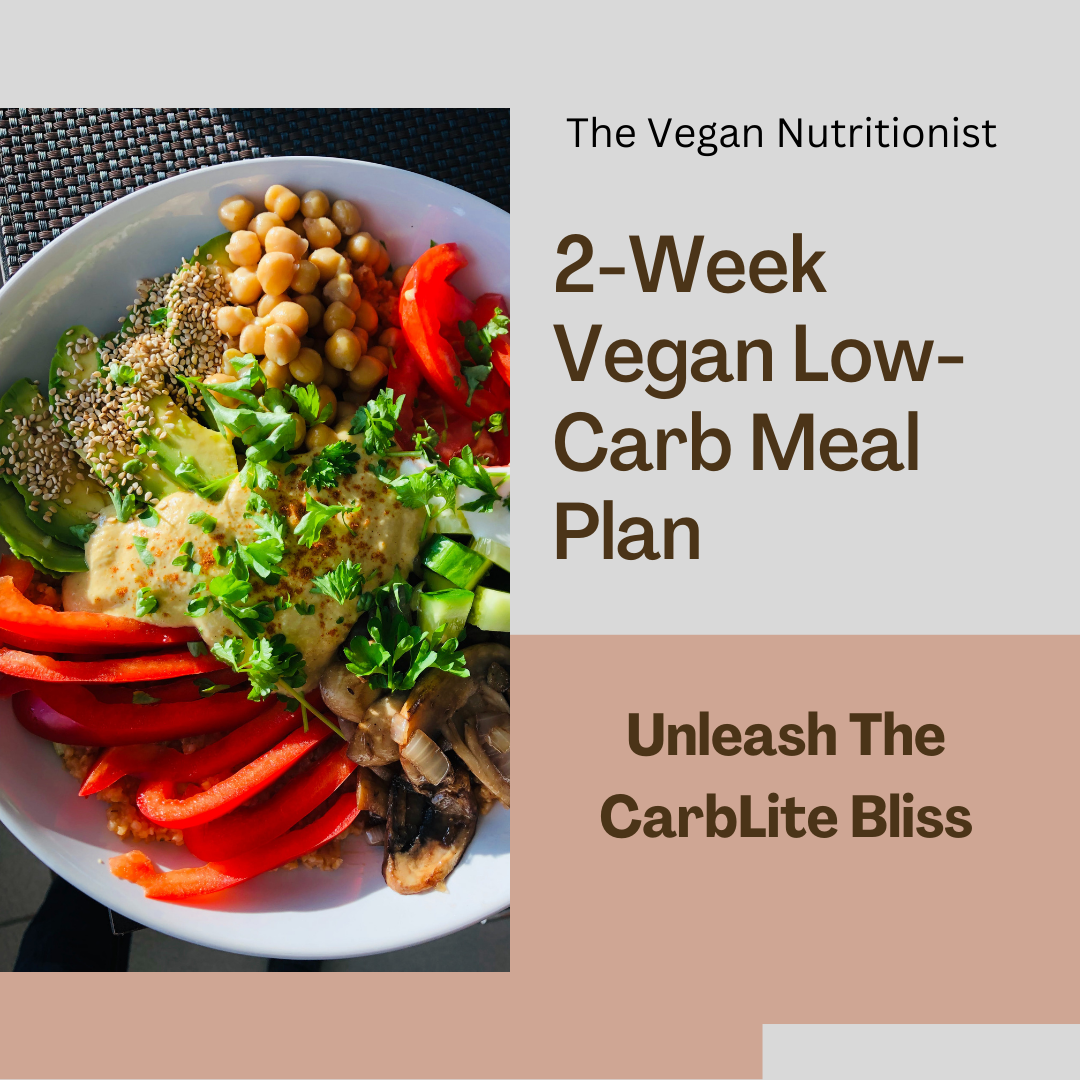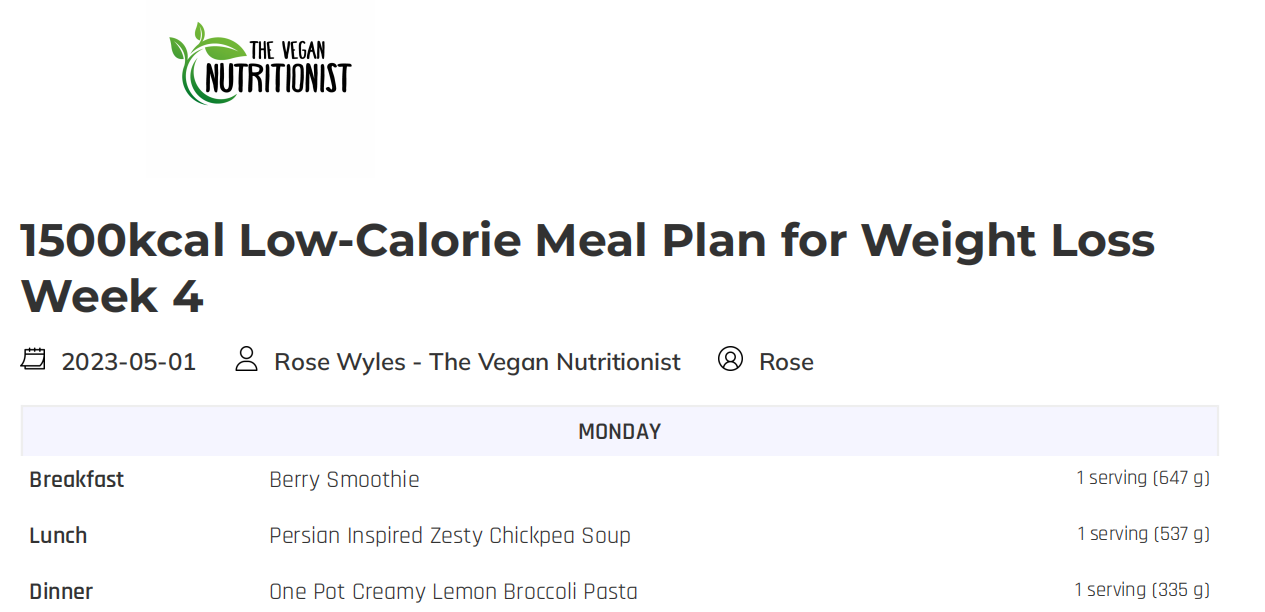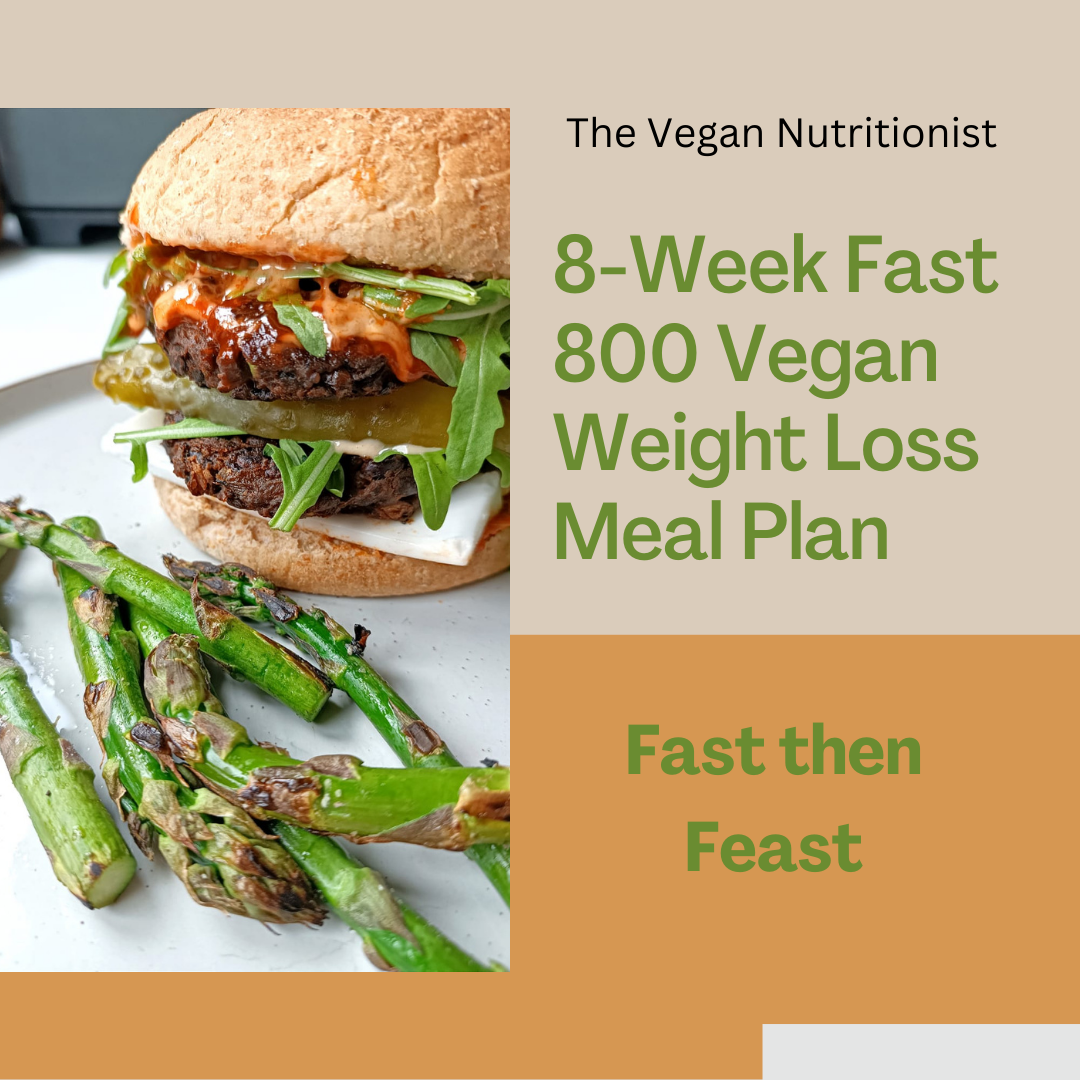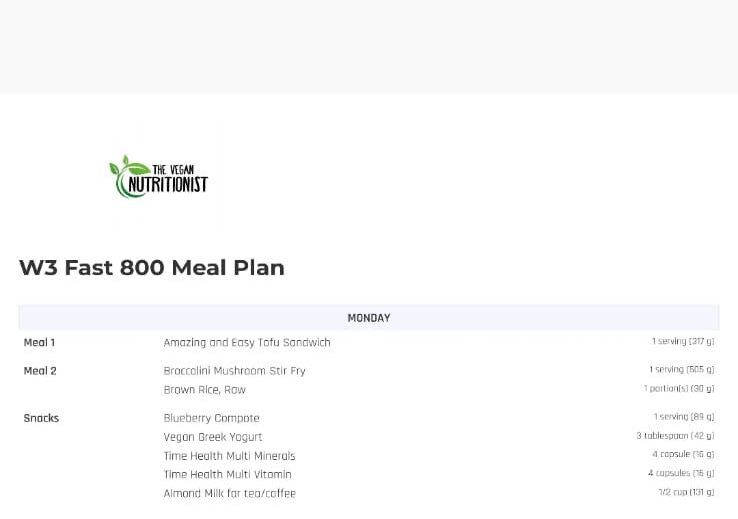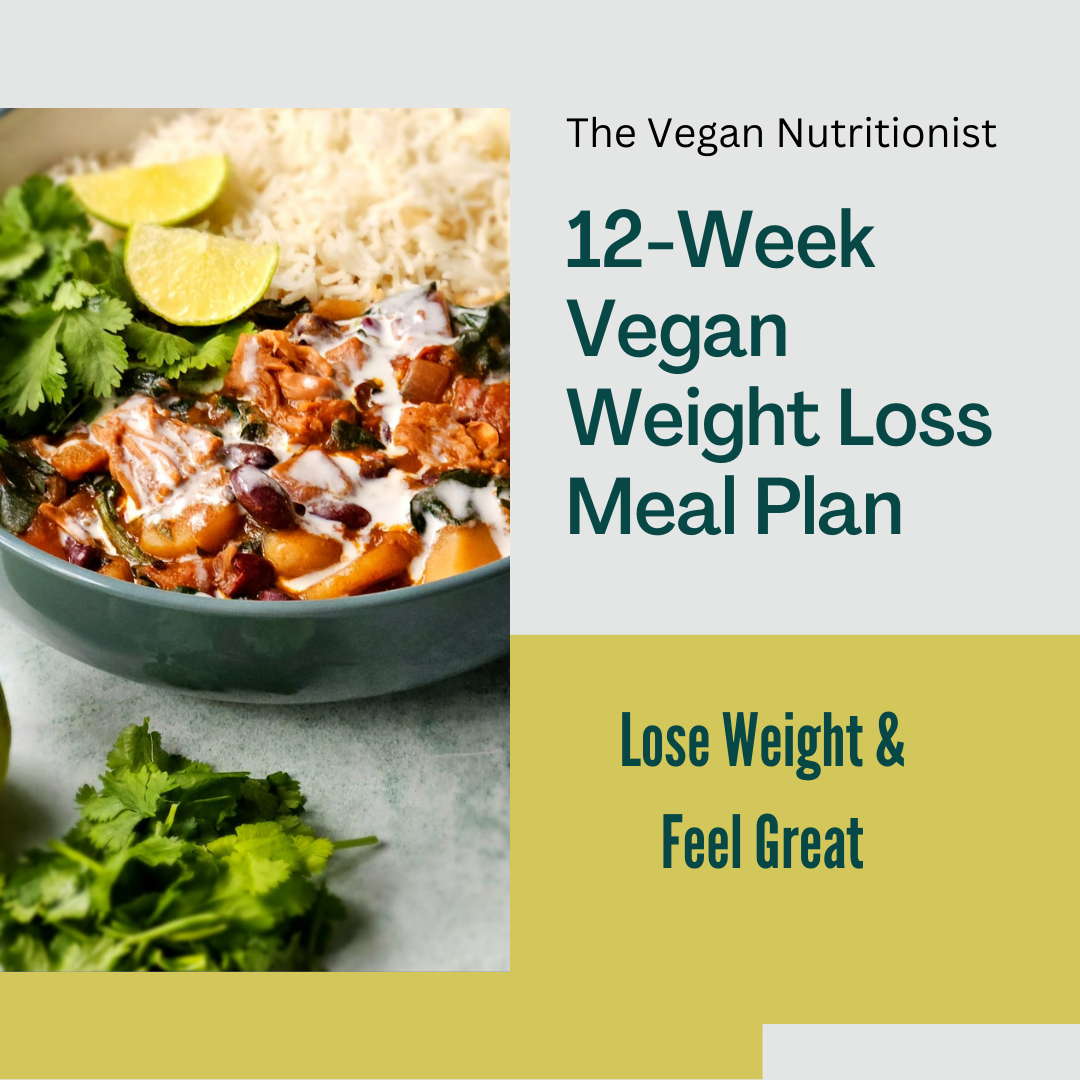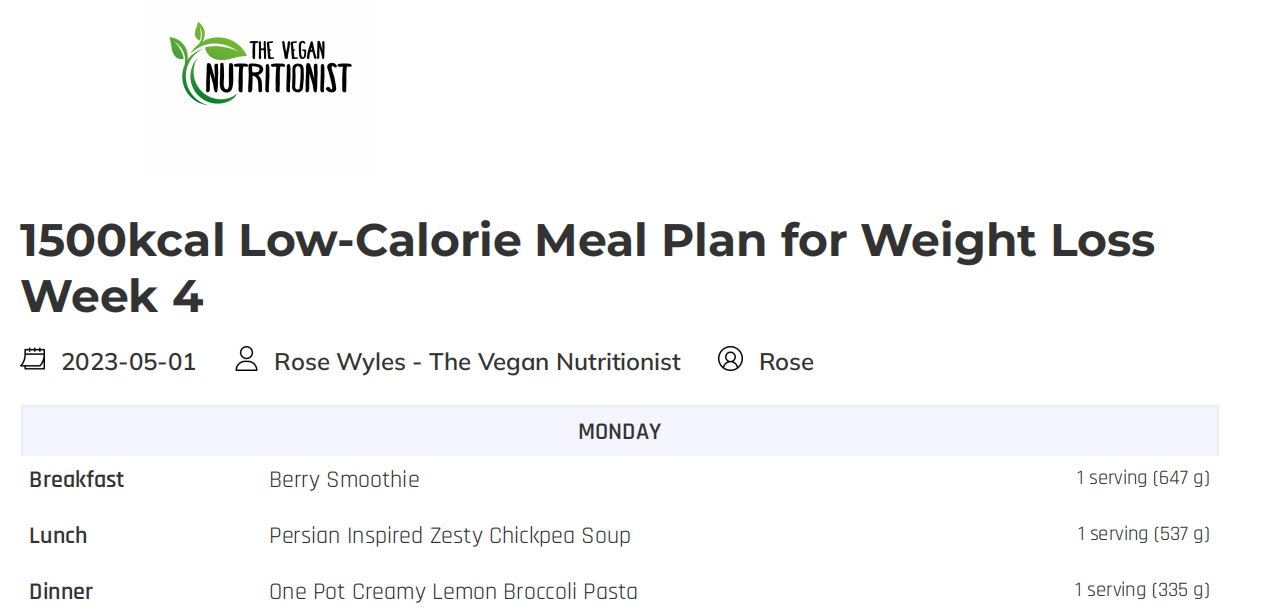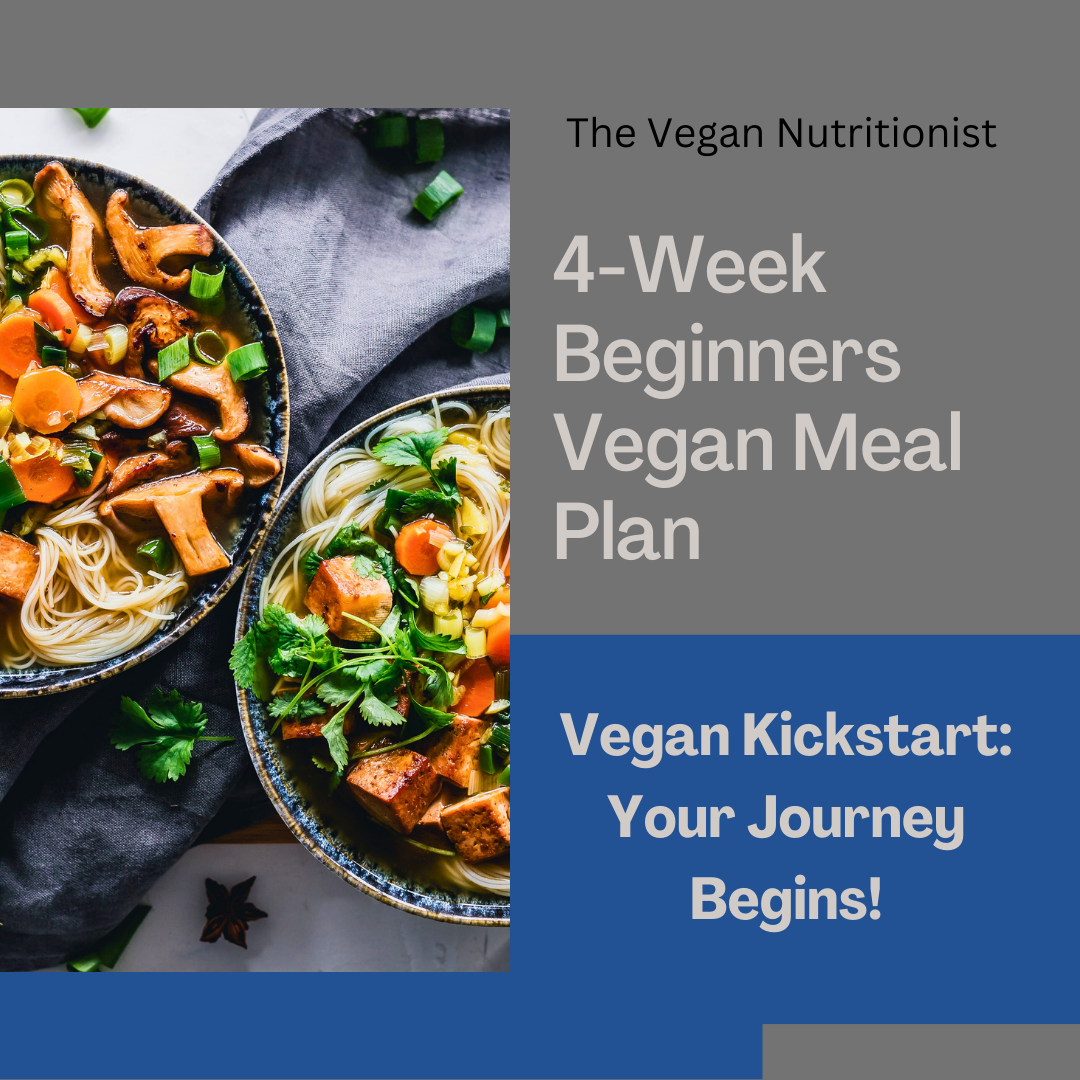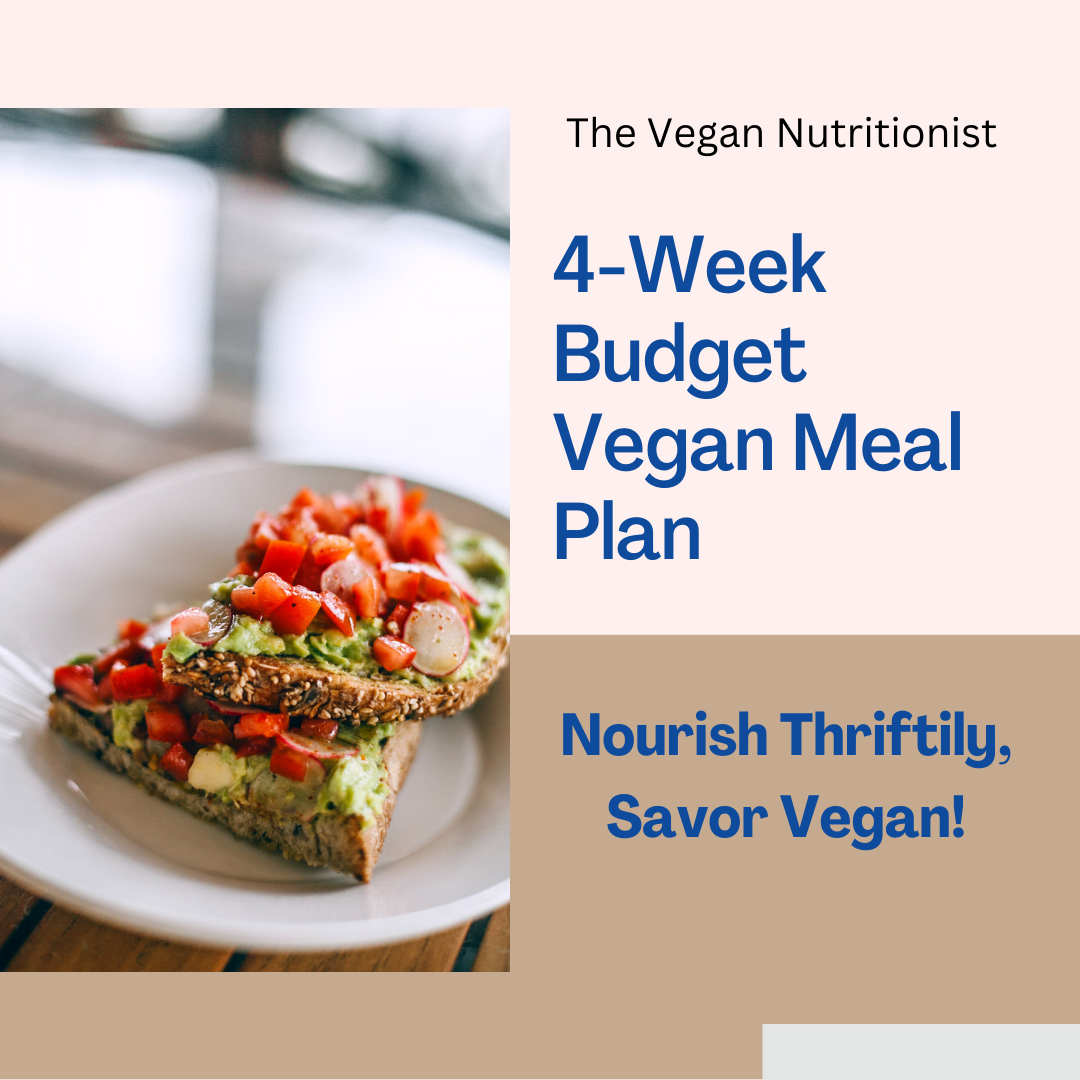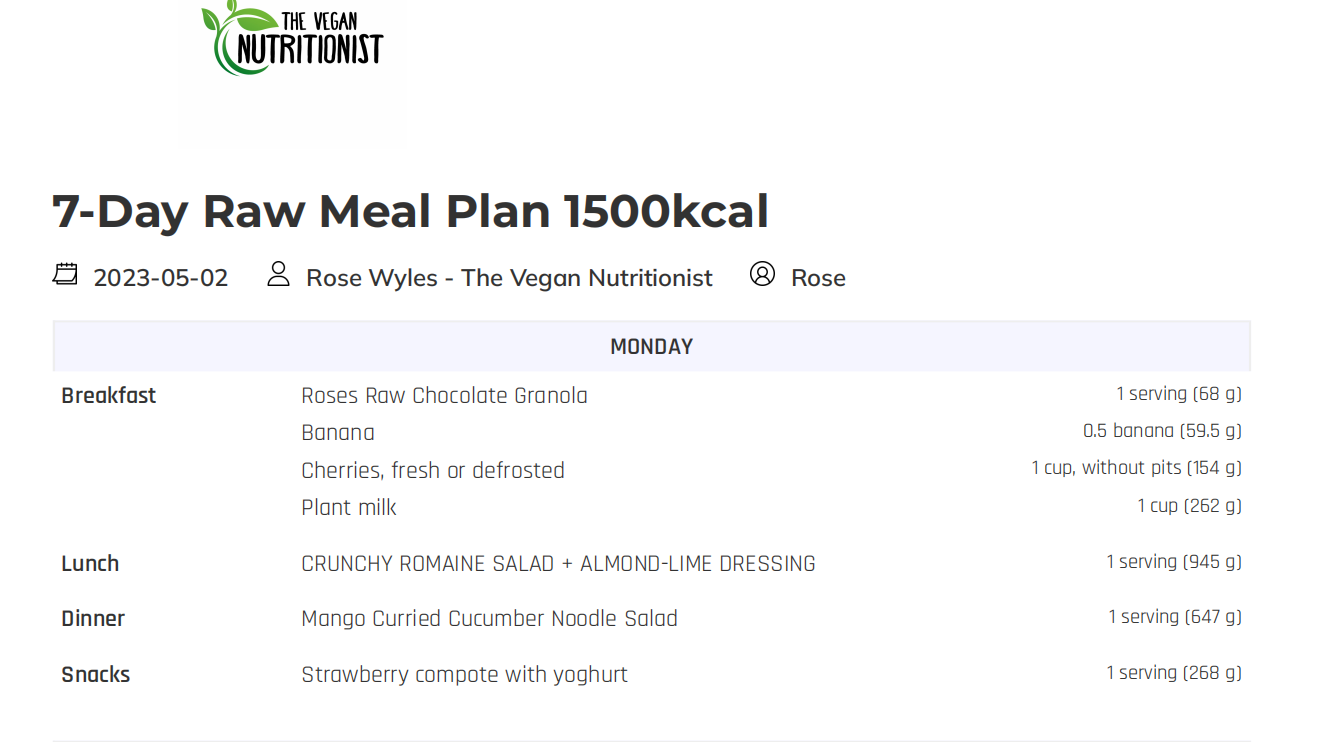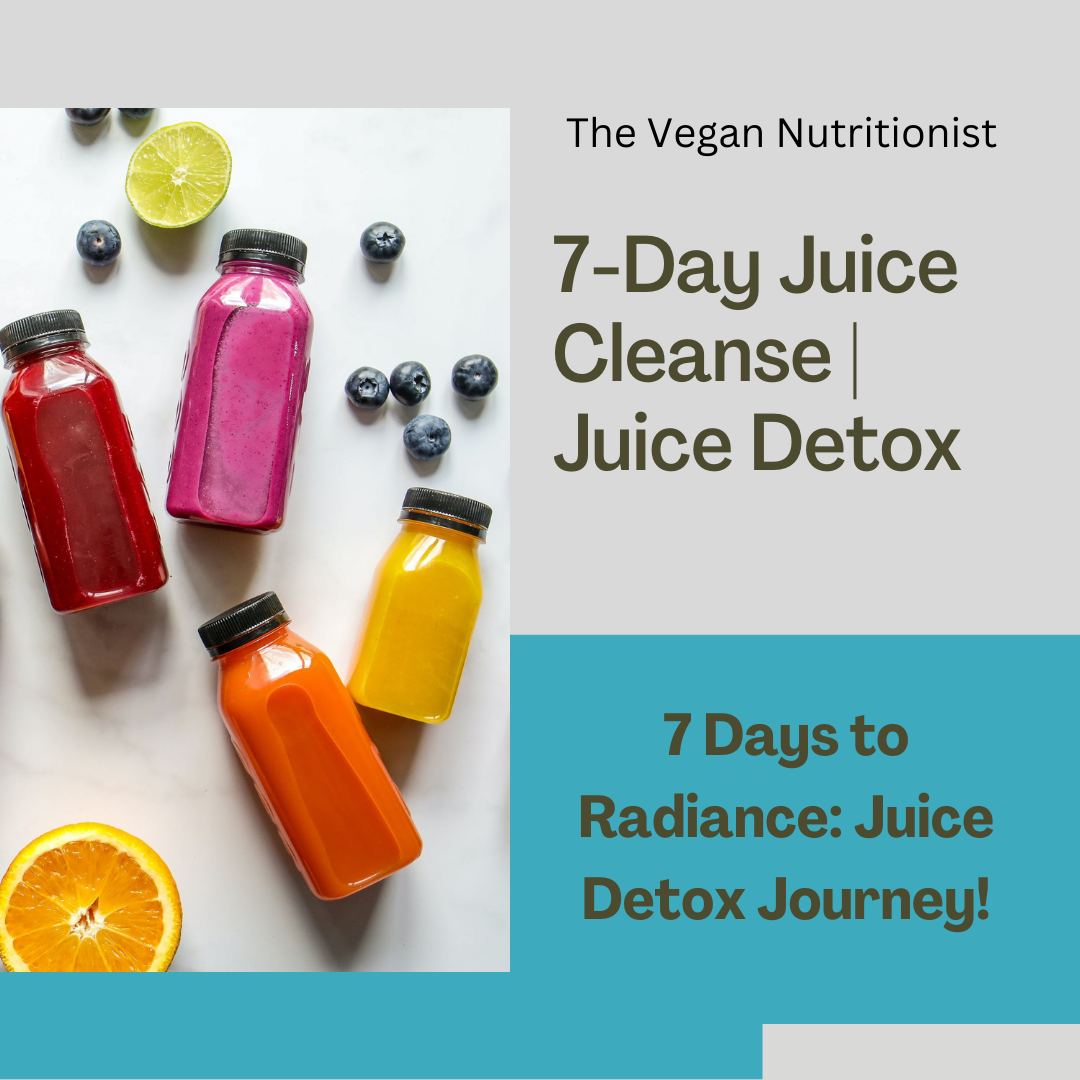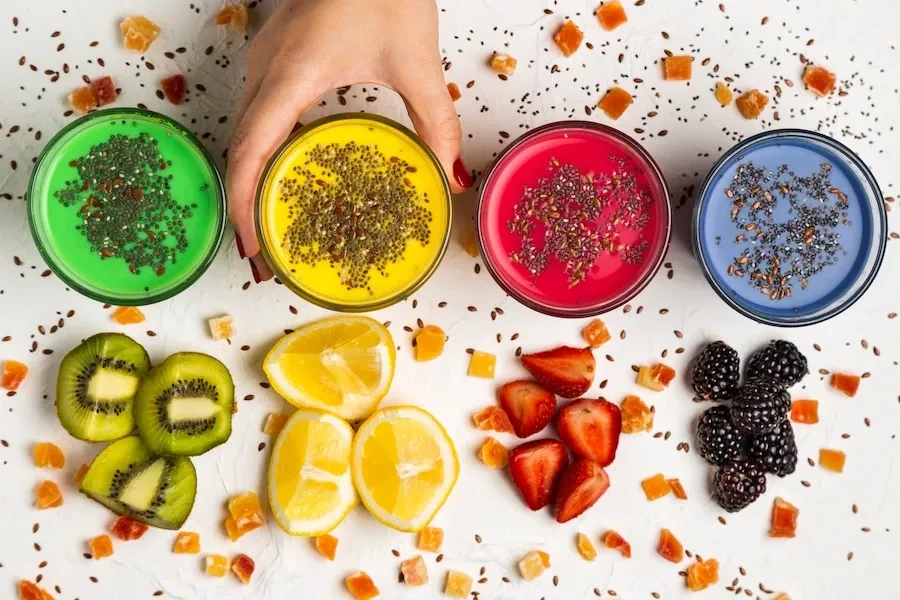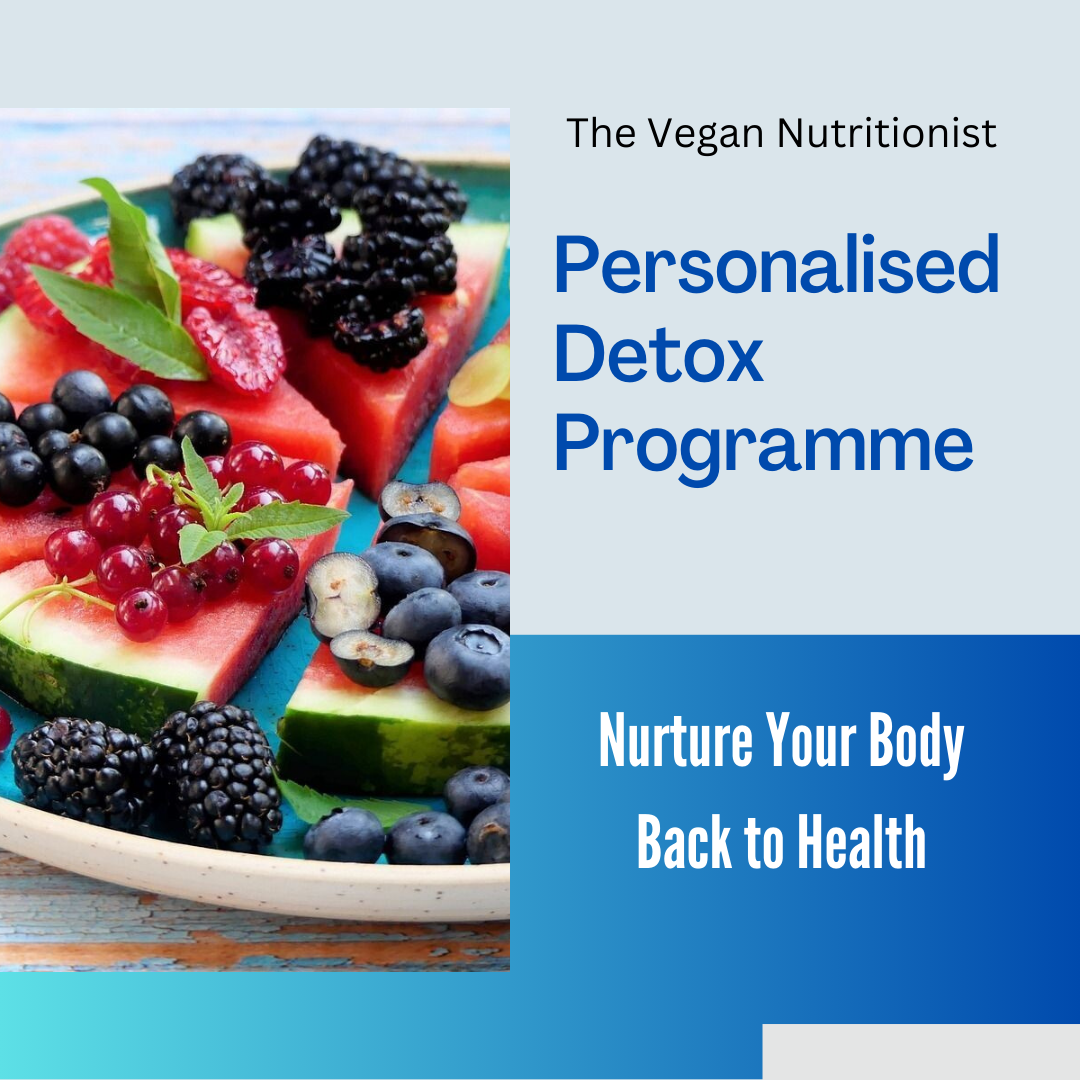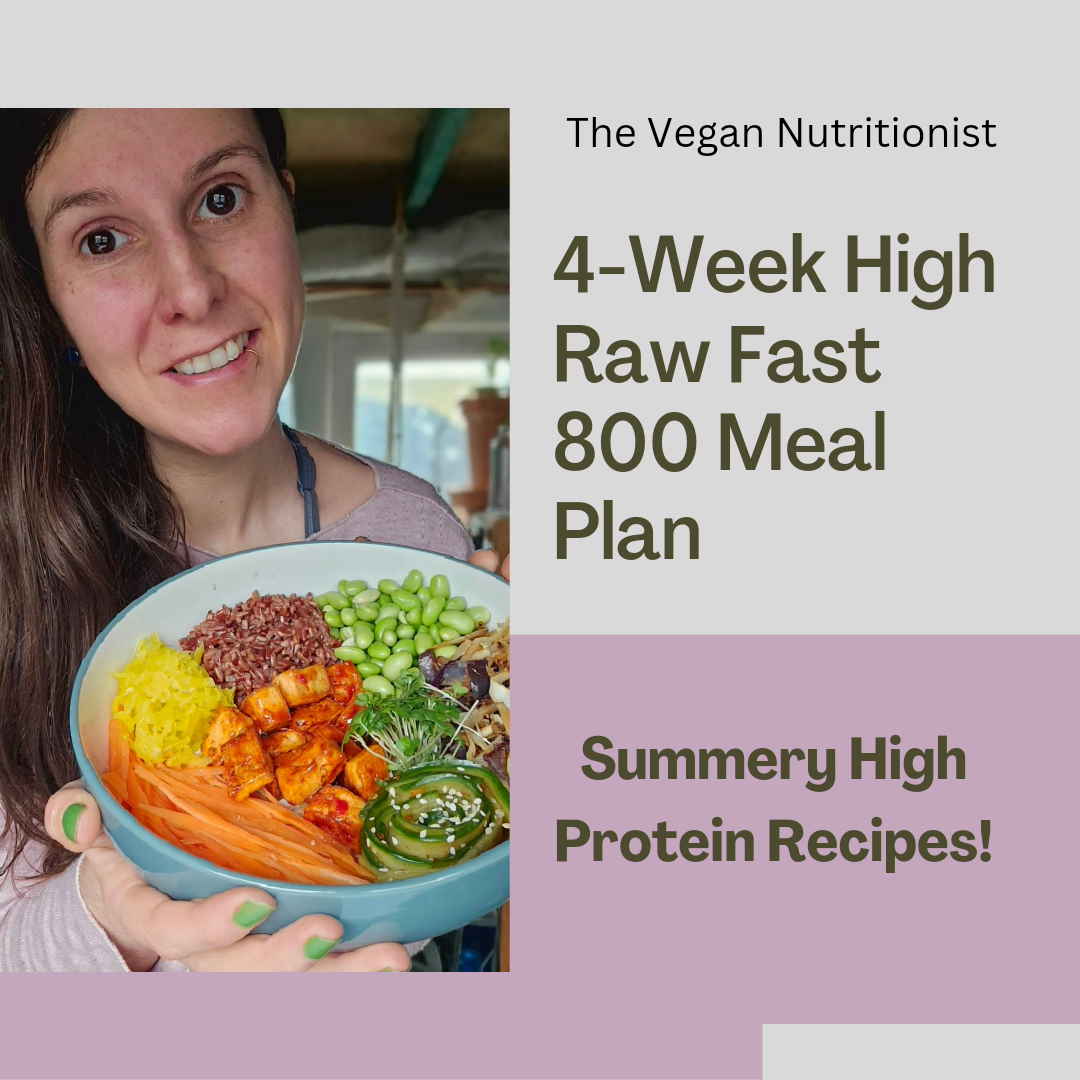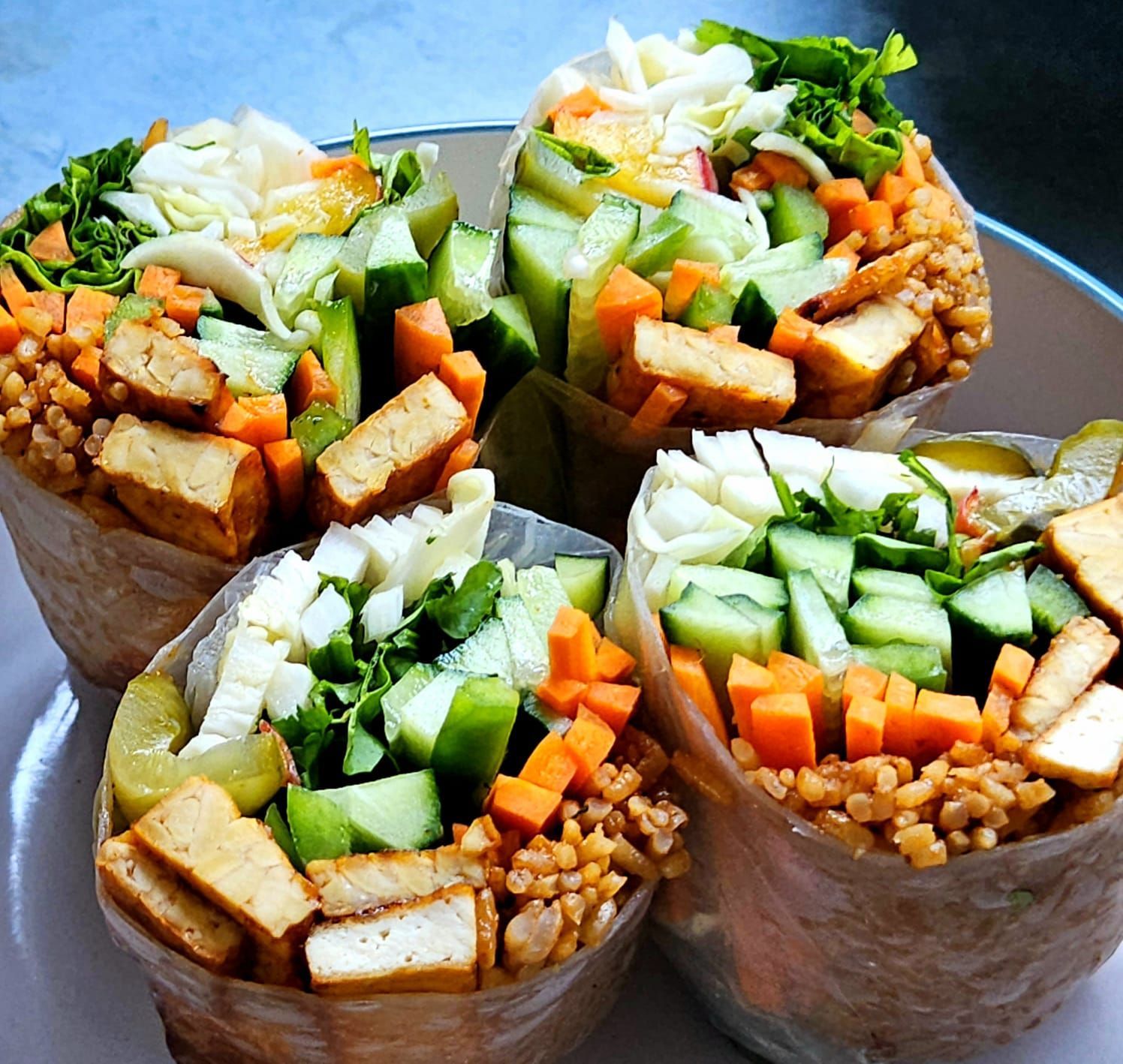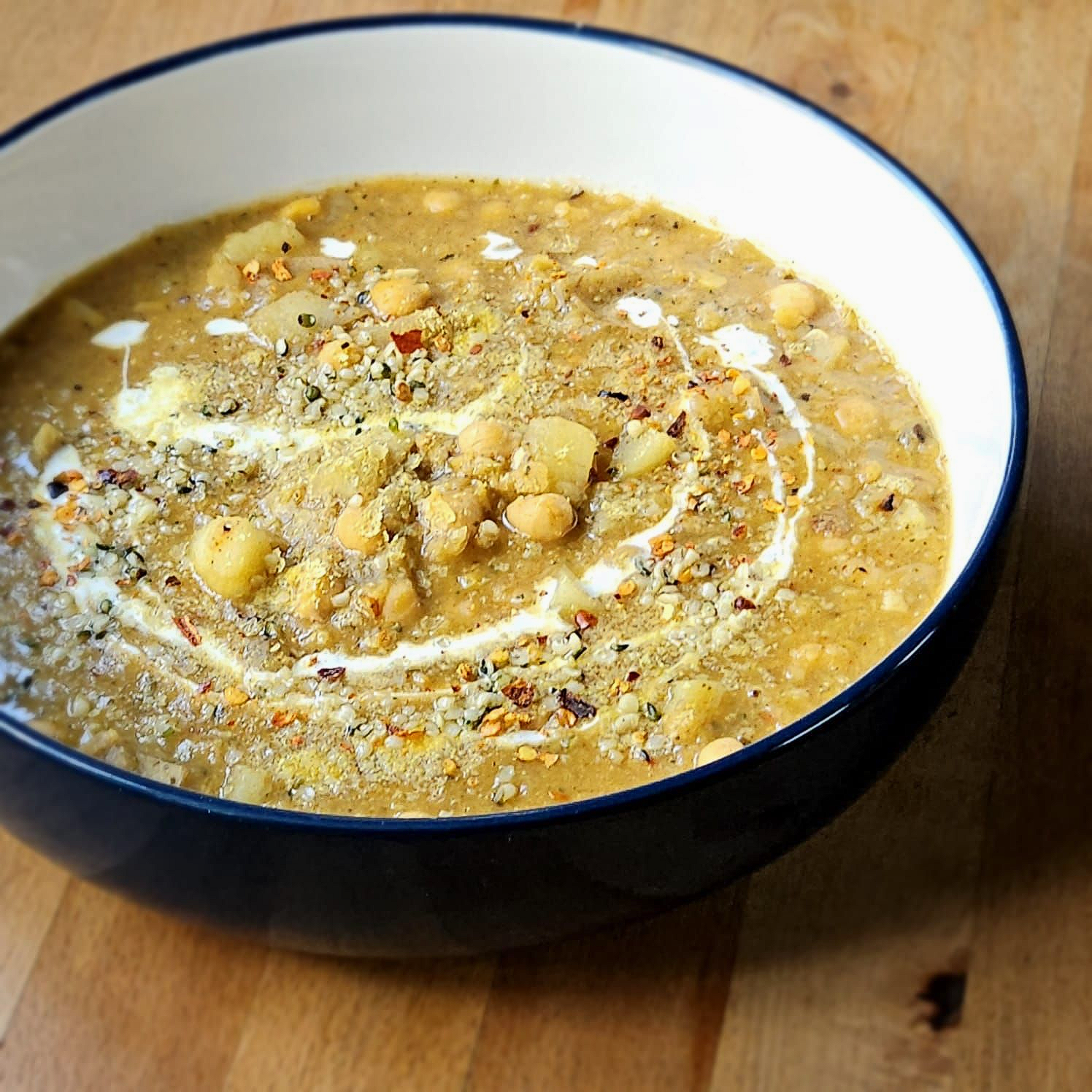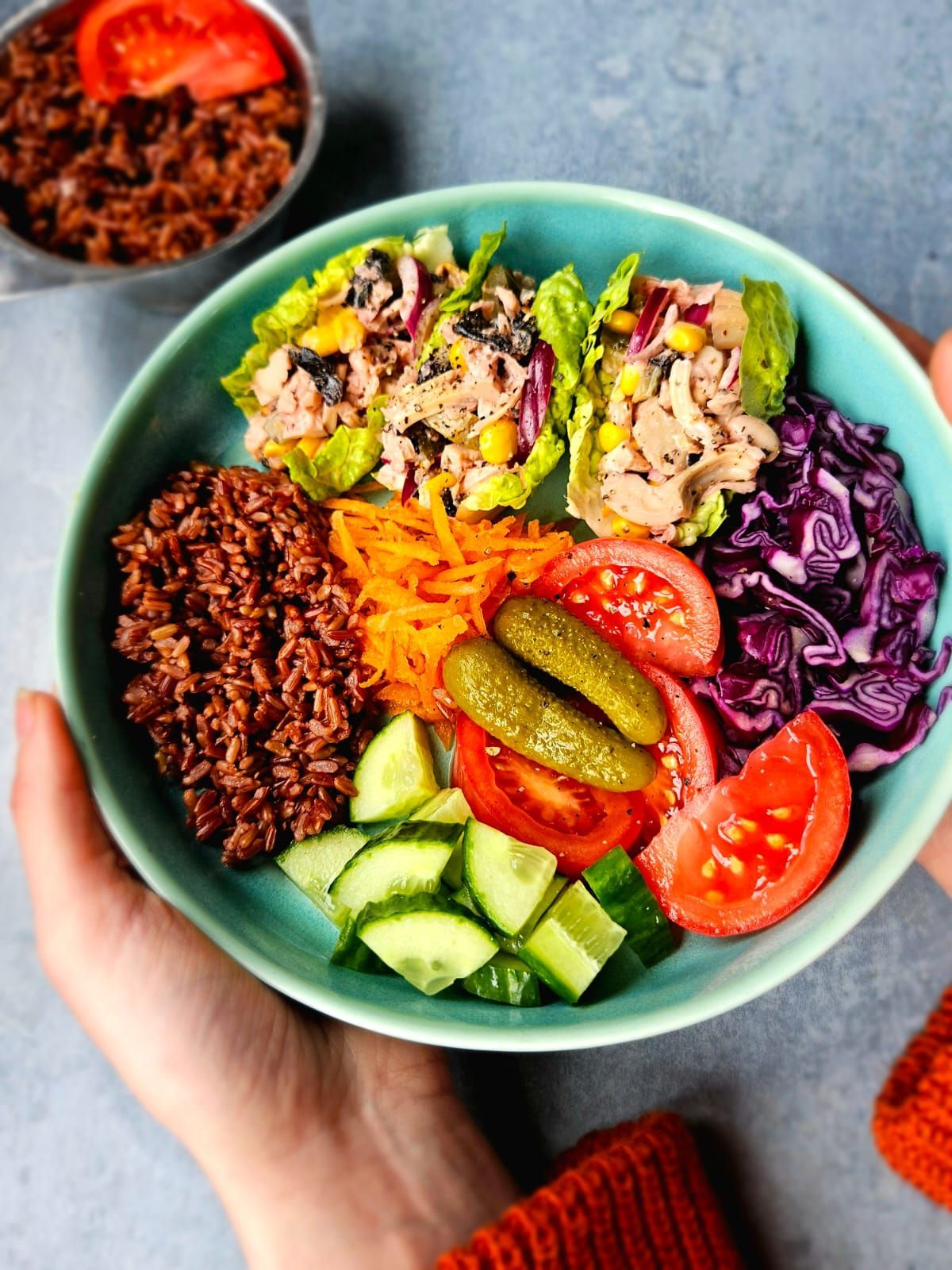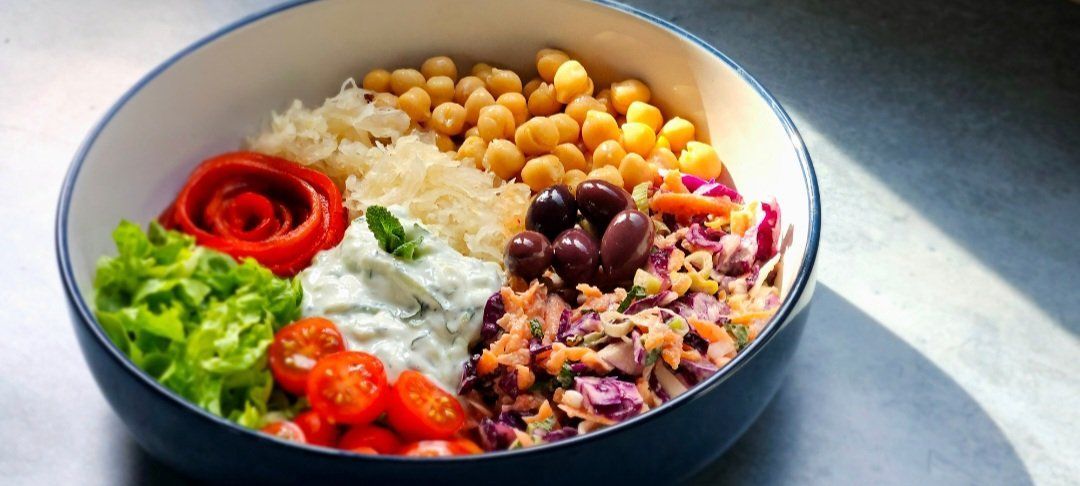How to Beat Anemia with a Vegan Diet
A vegan diet can be a great way to address anemia. This condition arises due to insufficient iron in the body, which is crucial for optimal bodily function and well-being. By integrating iron-rich plant-based foods into your meals, you can enhance your overall health and lead a fulfilling, active life. In this article, we will explore effective ways of alleviating anemia symptoms and combating it through a vegan diet.
What is Anemia?
Anemia occurs when a person’s blood does not have enough healthy red blood cells to transport oxygen around the body effectively. Without an adequate amount of red blood cells in the body, a person with anemia may experience symptoms such as fatigue, weakness, shortness of breath, irritability, pale skin, and a rapid heartbeat.
Anemia can be caused by a variety of factors including nutrient deficiencies, infections, parasites, blood loss, or excessive menstruation. Although anemia is most commonly caused by iron deficiency, it can also be caused by a deficiency in other nutrients such as vitamin B12 or folate.
Hemochromatosis is a disorder in which too much iron builds up in the body, causing the symptoms of anemia. Individuals who are diagnosed with hemochromatosis should talk to their doctor about treatment options, which may include regular blood tests to monitor the amount of iron in their body.
Other causes of anemia include poor nutrition, blood loss, pregnancy, and thyroid disorders. Pregnant women often experience an increased need for iron in the later stages of pregnancy because of the needs of the developing fetus.
In addition, iron deficiency can cause premature birth in pregnant women, or cause babies to be born with lower birth weights, which puts them at greater risk for developmental problems.
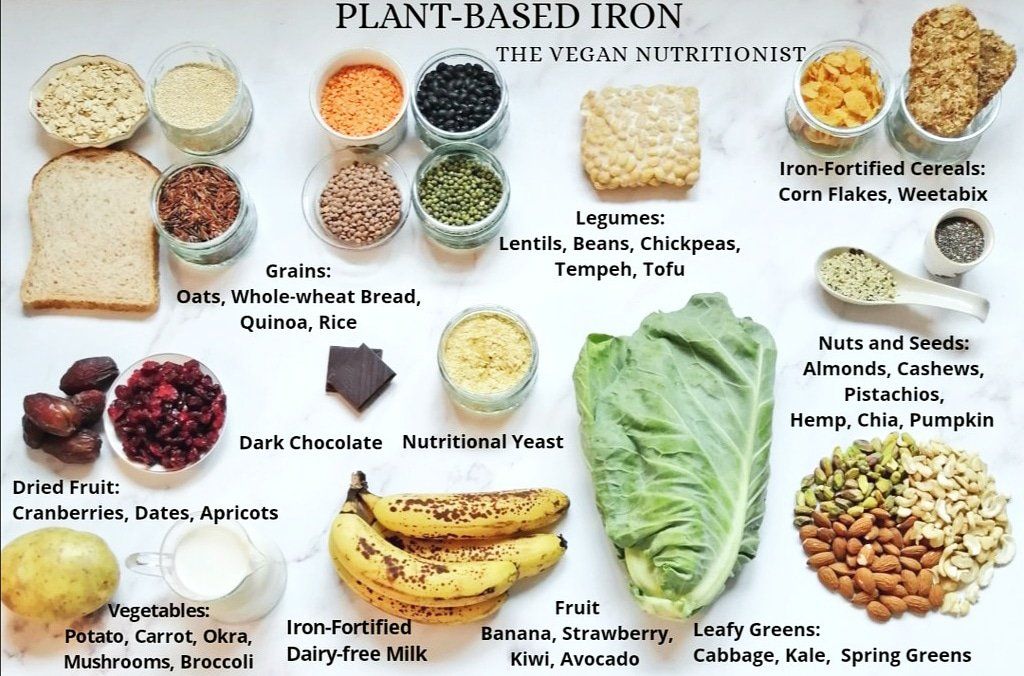
What is Iron?
Iron is an essential mineral that is needed by the body to form red blood cells and to transport oxygen from the lungs to the rest of the body. People with inadequate amounts of iron in their bodies may develop a condition known as iron deficiency anemia. Iron is a metal that can be found in both plant and animal-based foods.
Different types of iron are found in different types of food. Heme iron can be found in animal products such as red meat and poultry. Non-heme iron can be found in a variety of plant-based foods including green leafy vegetables, beans, grains, and tofu. It is important to eat a well-balanced diet to ensure that you are getting enough iron each day. It is also important not to consume too much iron because excess amounts in the body can wreak havoc on your health, although this is quite difficult to do on a plant-based diet.
Heme vs. Non-Heme Iron
There are two types of iron found in foods; heme and non-heme. The heme form of iron is found in animal foods such as meat, poultry, and fish. This type of iron is more easily absorbed by the body; however, new evidence suggests that this type of iron may be carcinogenic, meaning it may increase the risk of developing cancer.
The nonheme form of iron is found in plant-based foods like beans, whole grains, and vegetables. This type of iron is less easily absorbed by the body than heme iron, but it is much healthier for the body overall because it is less susceptible to the risk of cancer and other health issues.
Because non-heme iron can be harder for the body to absorb, it is typically recommended that this type be consumed in combination with foods rich in vitamin C and beta carotene rich foods to help boost absorption. Vitamin C in found in every plant food that exists in varying quantities, so it is relatively easy to incorporate vitamin C rich foods with iron rich foods when consuming a plant-based diet.
Beta carotene foods include all those with the orange pigment, such as carrots, sweet potatoes, orange bell peppers, oranges, pumpkins, and squash. These foods should be included in your diet to ensure enough conversion from beta carotene to vitamin A. At the same time, if combined with high non-heme iron foods such as beans, lentils, whole grains, and greens, this can further boost the absorption significantly. Note that this increase is not by vitamin A, i.e., supplements but by including carotenoids such as beta carotene from plant-based sources.
It is important to remember that even a diet high in plant-based foods can lack iron for some people if they cannot meet the correct food combinations or if other factors inhibit iron absorption. Combining legumes, whole grains, and high iron foods with vitamin C and beta carotene-rich foods while eating plenty of dark leafy greens can help with your iron intake naturally. Consulting a nutritionist or registered dietitian can help you determine which foods you should eat to reach your daily recommended iron intake and help to address any underlining issues affecting absorption.

Why is Iron Important?
Iron is important for a number of reasons. It is a key component in the production of hemoglobin, which is responsible for transporting oxygen throughout the body. It also helps to produce collagen, an important structural protein that helps build connective tissue and supports healthy skin, bones, and joints. It also plays an important role in energy metabolism by helping to generate ATP, the molecule that stores energy in the cell.
What does iron do in the body?
1) Transports oxygen from the lungs to the tissues of the body.
2) Creates energy in the cells
3) Builds strong bones and prevent osteoporosis
4) Supports healthy skin and a healthy immune system
5) Assist's in the formation of new blood cells
6) Helps manage blood sugar levels by controlling how much glucose is released into the bloodstream
7) Increases the rate of metabolism and control appetite
8) Reduces risk of chronic diseases, like heart disease and diabetes
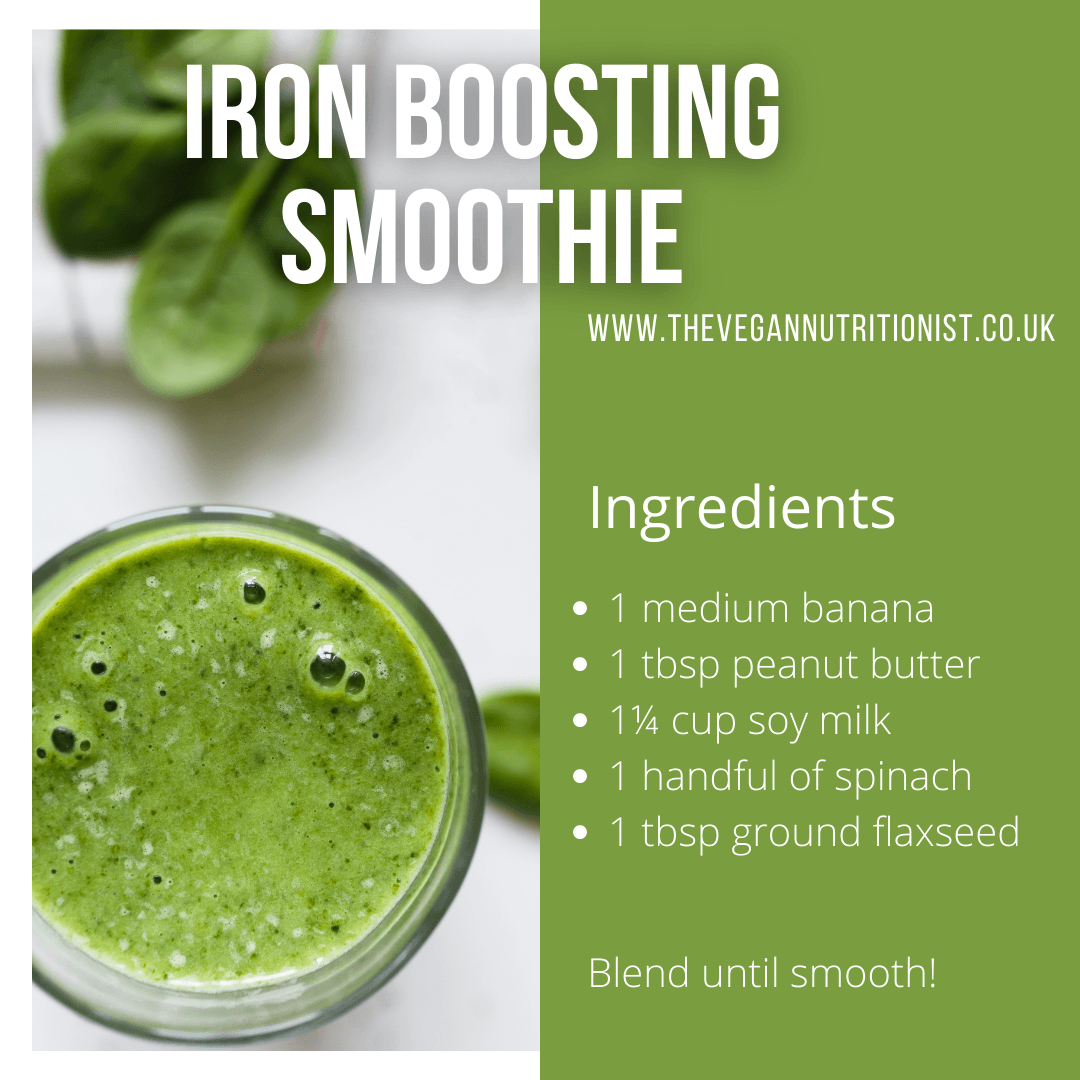
What are the best sources of iron on a vegan diet and how to include and combine them for the best absorption?
Share this Post!

Reach out by sending me an email
Need assistance with your diet or health goals? I'm here to help. Send me a message and I'll be in touch.
